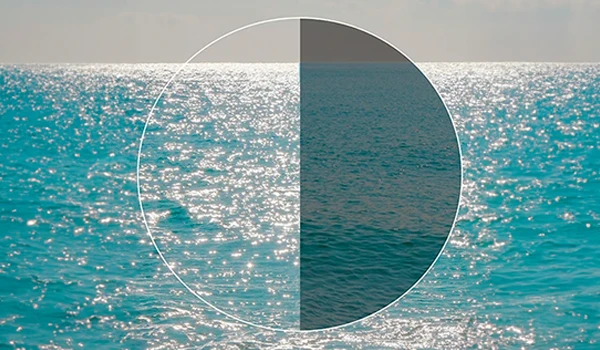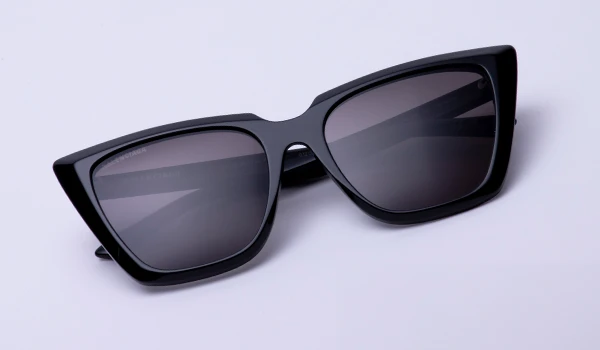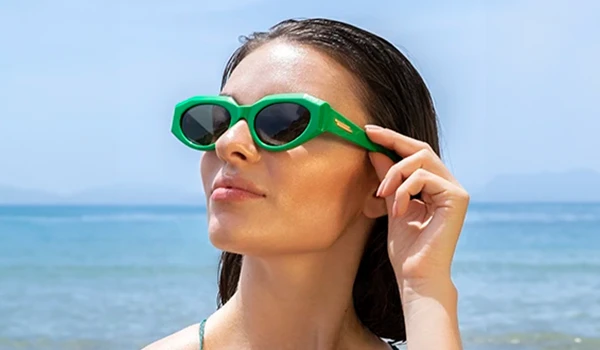Are Polarised Sunglasses Worth It? Benefits, Uses, and When to Choose Them

Table of Contents
What Makes Polarised Sunglasses Different
Sunglasses are essential for eye protection and visual comfort, but not all lenses offer the same benefits. Polarised sunglasses stand out for their ability to reduce glare, making them a popular choice for outdoor enthusiasts, drivers, and those spending extended hours in bright environments.
Unlike standard tinted lenses, polarised lenses contain a special filter that blocks horizontal light waves, which are responsible for glare. This means clearer vision, better contrast, and reduced eye strain—especially in environments where sunlight reflects off surfaces like water, roads, or snow.

The Benefits of Polarised Sunglasses for Everyday Use
One of the biggest advantages of polarised sunglasses is their ability to enhance visual clarity. By eliminating glare, they allow your eyes to focus more easily, reducing discomfort and fatigue during prolonged wear.
For those who spend time near water or snowy landscapes, polarised lenses provide a sharper, more defined view, allowing you to see beneath the surface of the water or navigate bright environments more comfortably. Drivers also benefit, as they help minimise reflections from wet roads and car windows, making long journeys safer and less tiring.
Another major benefit is colour enhancement. Many wearers find that polarised lenses improve contrast and colour perception, offering a more vivid and natural view of the world. This is particularly useful for outdoor activities where depth perception and detail are essential.

When Are Polarised Sunglasses Not the Best Choice?
While polarised lenses offer significant advantages, they may not be ideal for every situation. Some users find that they make it difficult to read digital screens, such as smartphones, tablets, or car dashboard displays, as the filtering process can cause distortion.
In some cases, low-light environments or heavily shaded areas may not require the glare-reducing properties of polarised lenses. Certain winter sports enthusiasts also prefer non-polarised lenses, as polarisation can reduce visibility on icy surfaces, making it harder to spot potential hazards.
For those who need maximum versatility, transition lenses that adjust to light conditions might be a more practical alternative.

Are Polarised Sunglasses Worth It for Sports and Outdoor Activities?
For those who engage in outdoor sports, polarised sunglasses can be a game-changer. Cyclists, runners, and golfers benefit from reduced glare, allowing them to focus on their surroundings without distraction.
Fishing and water sports enthusiasts often prefer polarised lenses because they significantly cut reflections from the water, making it easier to see beneath the surface. Similarly, hikers and mountain climbers find that polarised sunglasses reduce glare from rock surfaces and snow, improving visibility and comfort in high-exposure environments.
If you frequently spend time outdoors in bright, reflective conditions, investing in a high-quality pair of polarised sunglasses can enhance both performance and eye protection.
The answer depends on your lifestyle and daily activities. If you spend a lot of time outdoors, driving, or near reflective surfaces, the benefits of polarised lenses—glare reduction, improved clarity, and enhanced comfort—make them a valuable investment.
However, if your activities involve frequent digital screen use or low-light environments, non-polarised lenses might be a better fit.

























































































